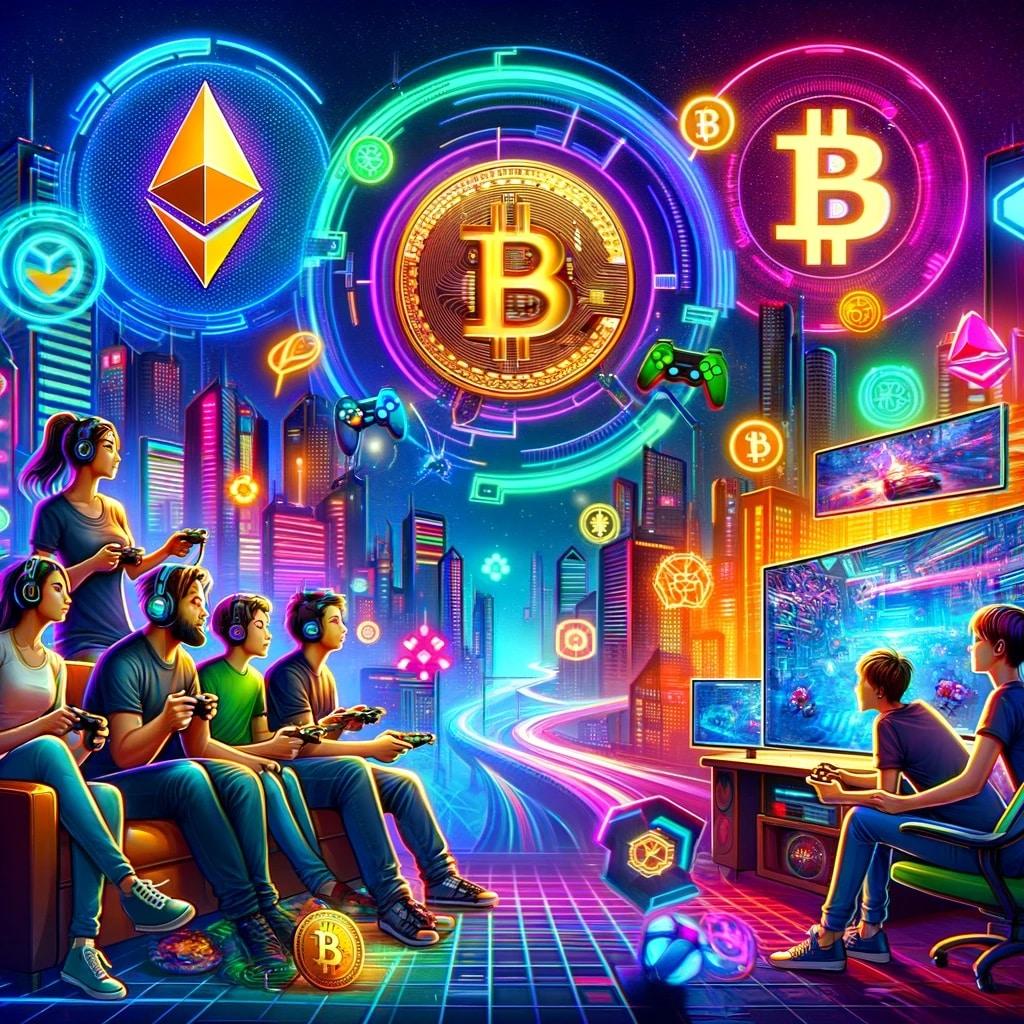Embracing change and Security in the world of Smart Contracts
The buzz around blockchain technology has been undeniable. In particular, smart contracts have heralded a new age of trust and efficiency, automating agreements without the need for intermediaries. Yet, the immutable nature of these contracts can be a double-edaged sword, particularly when the unexpected need for adjustments arises. How do we reconcile the desire for both stability and adaptability? Enter the concept of proxy upgradeability in smart contracts, an innovative solution with the potential to reshape the landscape while introducing its own set of challenges.
Proxy-upgradeability in Smart Contracts
Imagine being able to correct mistakes or enhance features in a smart contract without losing its history or changing its address. This is what proxy-upgradeability offers. By separating the smart contract into two parts—a proxy contract for state and fund storage, and a logic contract for the code—developers can update the contract’s functionality without starting from scratch. This system is not just about fixing bugs; it’s an avenue for continuous improvement, allowing protocols like Compound, Aave, and Uniswap V3 to evolve without disrupting the user experience. Their commitment to security, through measures like audits and bug bounty programs, mitigates risks while fostering trust within the community.
Risks of Upgradeable Smart Contracts
However, with great power comes great responsibility. The flexibility of upgradeable contracts introduces new vulnerabilities, particularly around centralization and the potential for misuse. If the control of the upgrade process is concentrated in too few hands, or worse, falls into the wrong ones, the results could be disastrous. This raises important questions about governance, transparency, and the balance of power within decentralized networks. Furthermore, the technical complexities of implementing this system can create additional security risks, highlighting the need for stringent testing and community oversight.
How to Interact with DeFi Safely
For those navigating the decentralized finance (DeFi) space, understanding and evaluating these systems is crucial. Identifying whether a contract features upgradeability, and scrutinizing the governing mechanisms behind these changes, can inform safer engagement. Practical precautions, like diversifying holdings and participating in governance, can empower users to safeguard their interests. At its core, the debate around smart contract upgradeability reflects a broader dialogue about the trade-offs between innovation and risk, decentralization and control.
In the evolving world of blockchain, security is not just a technical challenge but a communal endeavor. Each participant, from developers to end-users, plays a critical role in maintaining the ecosystem’s integrity. The shift towards self-custody in blockchain necessitates a departure from the traditional approaches to security seen in traditional finance. It calls for an active, informed, and cautious involvement from all parties to navigate the complexities of this digital frontier effectively.
At the end of the day, the journey of blockchain and smart contracts is one of exploration and learning. Despite the challenges, the opportunities for innovation and empowerment are vast. By fostering a culture of transparency, accountability, and community involvement, we can steer the course toward a more secure and adaptable future. The dance between change and stability is intricate, but by moving forward with caution and collaboration, we can embrace the potential of these technologies, responsibly and successfully.
